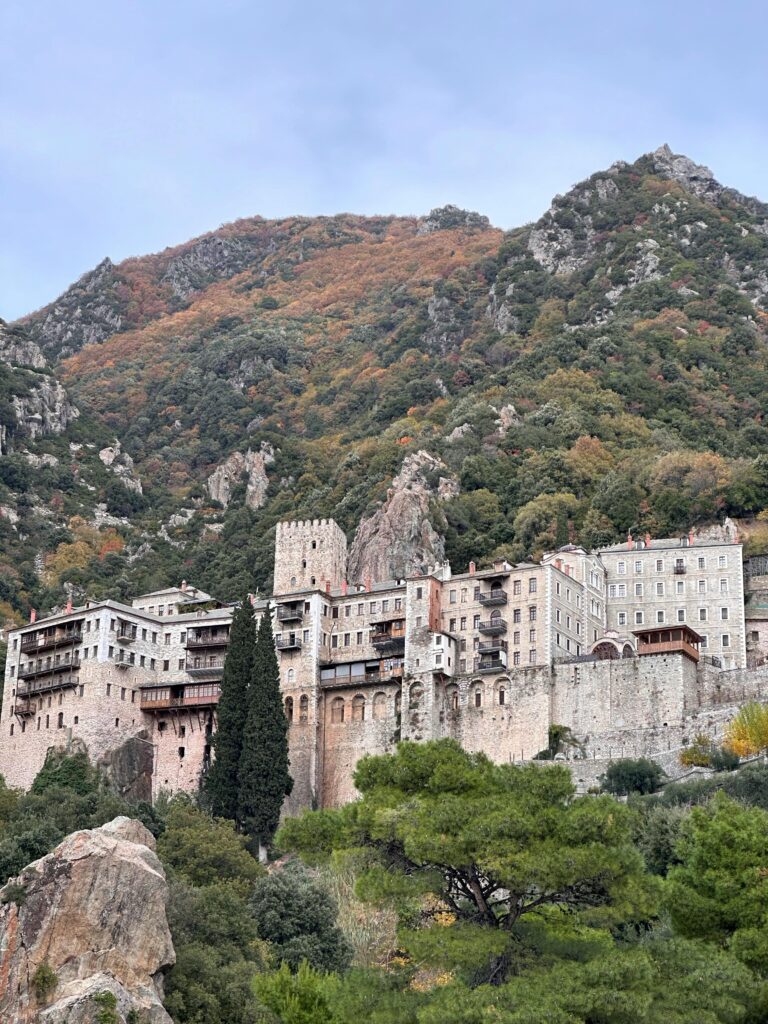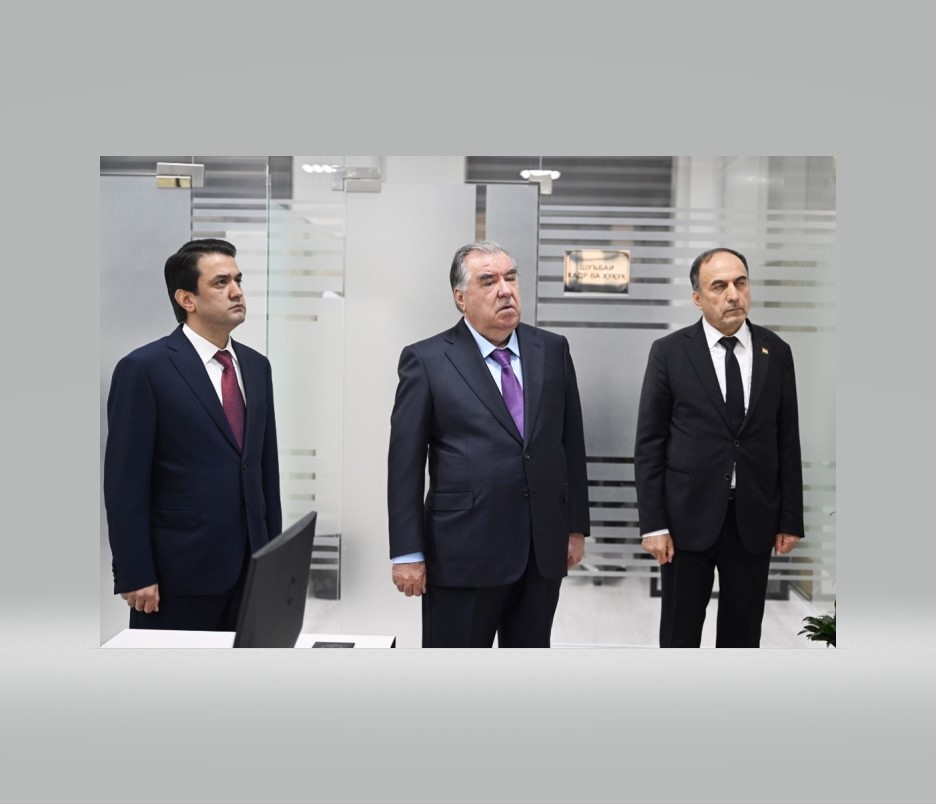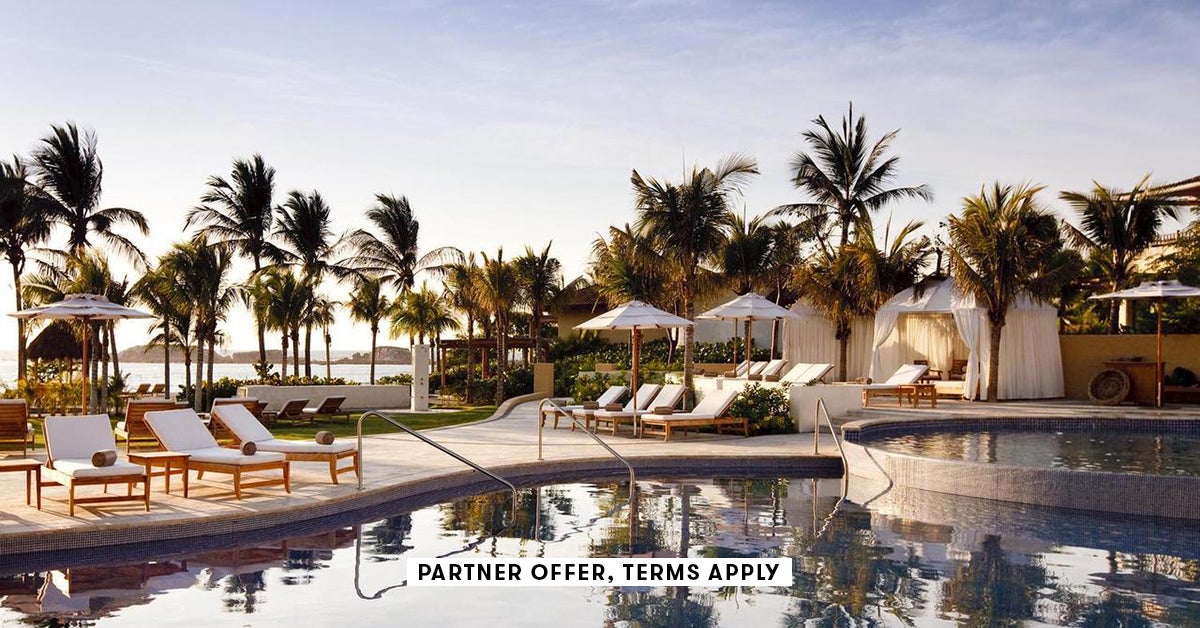The United Arab Emirates announced its ambition to become one of the world’s leading developers of renewables and a central trading hub for green hydrogen at the Abu Dhabi Sustainability Week (ADSW) last week.
To achieve this, it aims to produce 100 gigawatts of green energy by 2030, 25 percent of which will be used to create ‘green hydrogen’. Interesting, to say the least, for a country that relies on the sale of fossil fuels for its prosperity.
Here are some of the most pertinent questions to consider:
What is green hydrogen?
Hydrogen is produced with coal and gas and is used for the production of steel, aluminium or as substrate for certain chemicals, and ammonia. These sectors are hard to electrify directly, so green hydrogen needs to be developed using solar and wind power.
Green hydrogen has been described as the “swiss army knife” of the transition, and has been proposed for a wide range of applications. Notably it could store energy as an alternative to batteries. It could also replace certain fossil fuels used in long-distance trucking, in aviation or shipping.
It is important to note green hydrogen does not yet exist commercially. According to the International Renewable Energy Agency around 120 million tonnes of fossil hydrogen is produced yearly, equalling 14.4 exajoules (EJ) or about four percent of global final energy use. To replace existing supply with renewable hydrogen will use up more solar and wind power than is currently installed globally, and is estimated to make up 15 to 20 percent of final renewable energy use by 2030.
Replacing fossil hydrogen with green hydrogen is already “a staggering task,” concluded senior chemical engineer Paul Martin, making wide application beyond its current niche industrial use economically and technically “very, very difficult to imagine.”
Why would a petrostate invest in non-fossil infrastructure?
China, the US and the EU have all announced large green hydrogen projects. Europe especially will also rely on external producers and expects to import 10 million tonnes of the stuff by 2030.
The UAE is planning to produce 1m tonnes by 2030, making it an important regional partner in the future. On 13 January, Masdar, the country’s leading clean energy company, and the Port of Amsterdam signed a memorandum of understanding to explore a green hydrogen supply chain connecting the gulf states to Europe.
A globally-traded hydrogen market does not exist yet. Because molecules are smaller than gas it is difficult and expensive to transport. But UAE’s department of energy has stated it aims to become a central hub connecting “the West and the East and the North and the South.” The UAE government argues it is uniquely situated to do this because it has the “financial credibility,” access to one of the cheapest sources of solar energy in the world and it has enough space to built large solar installation in the desert.
So what is the UAE trying to achieve vis-a-vis the EU?
Europe wants to source hydrogen from around the globe as it expects only to produce half of its industry’s needs. The UAE is playing into this, hoping it can stake its claim in a lucrative market. Benefiting from high oil and gas prices, the Gulf states are planning to invest their petrodollars (€50bn) in renewable and green hydrogen facilities in the coming years, laying the groundwork for a future global green hydrogen trade network, with Europe as one of its main markets.
To this end, it is already striking deals with major EU players. Masdar and the German gas giant Uniper are planning to build a giant for-export clean hydrogen production in the Emirates, eyed to come online in 2026. It has signed a similar €5bn agreement with French utility Engie and it has bought a stake in a BP-led project to make green hydrogen in Teeside, England, among many others.
Why could this be a problem?
The UAE is the first petrostate in the Middle East to set a net-zero target for 2050, but it is not yet clear how it aims to achieve this as it is also planning to invest $127bn [€116bn] in expanding fossil-fuel production.
The UAE insists it can expand oil production while making up for it by exporting renewables and green hydrogen, a claim not supported by science or the IEA which concluded no new oil and gas fields should are needed under its net-zero pathway.
And even if it is generally accepted green hydrogen is needed to mitigate hard to abate sectors, it is not an energy source itself and the International Renewable Energy Agency has warned green hydrogen deployment should not displace more efficient renewable energy use and increase fossil fuels elsewhere. A lack of technical and commercial standards and the envisioned complexity of a global supply chains could also lead to fossil hydrogen being blended in with green hydrogen.
An added problem is that UAEs green hydrogen vision replicates many of the worst practices of fossil-fuel supply chains. For example, Masdar envisions Africa becoming a major exporter of green hydrogen, with two-thirds of the potential production expected to go to “demand centres” such as Europe or the US–a policy amplified by Europe’s own hydrogen strategy.
Speaking at the ADSW, Wale Shonibare, energy director at the African Development Bank, warned that the roll-out of green hydrogen facilities should build up local industries and not repeat past mistakes “Made-with-Gas” by building projects solely with the aim of commodity export.
Yet UAEs Masdar is prioritising precisely this, thereby entrenching a system that delegates developing countries to the role of resource provider — a system which has left 800 million people without electricity or working production centres — and could come at the cost of their own green industrialisation.
EUobserver was in Abu Dhabi as part of an expenses-paid trip by Masdar Clean Energy





















Discussion about this post